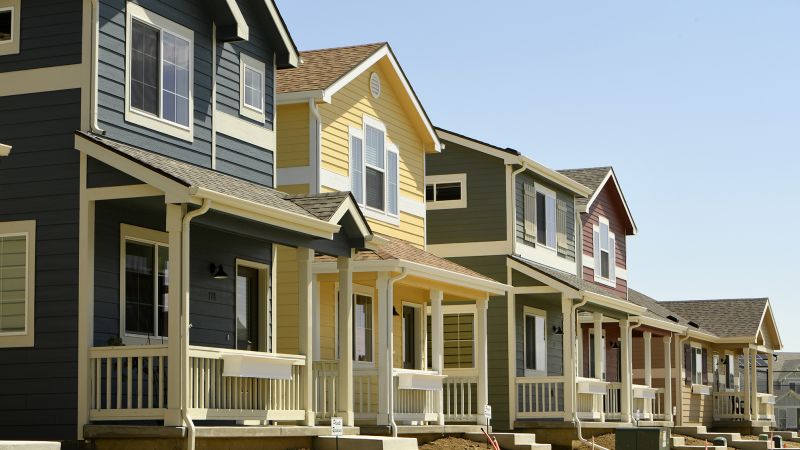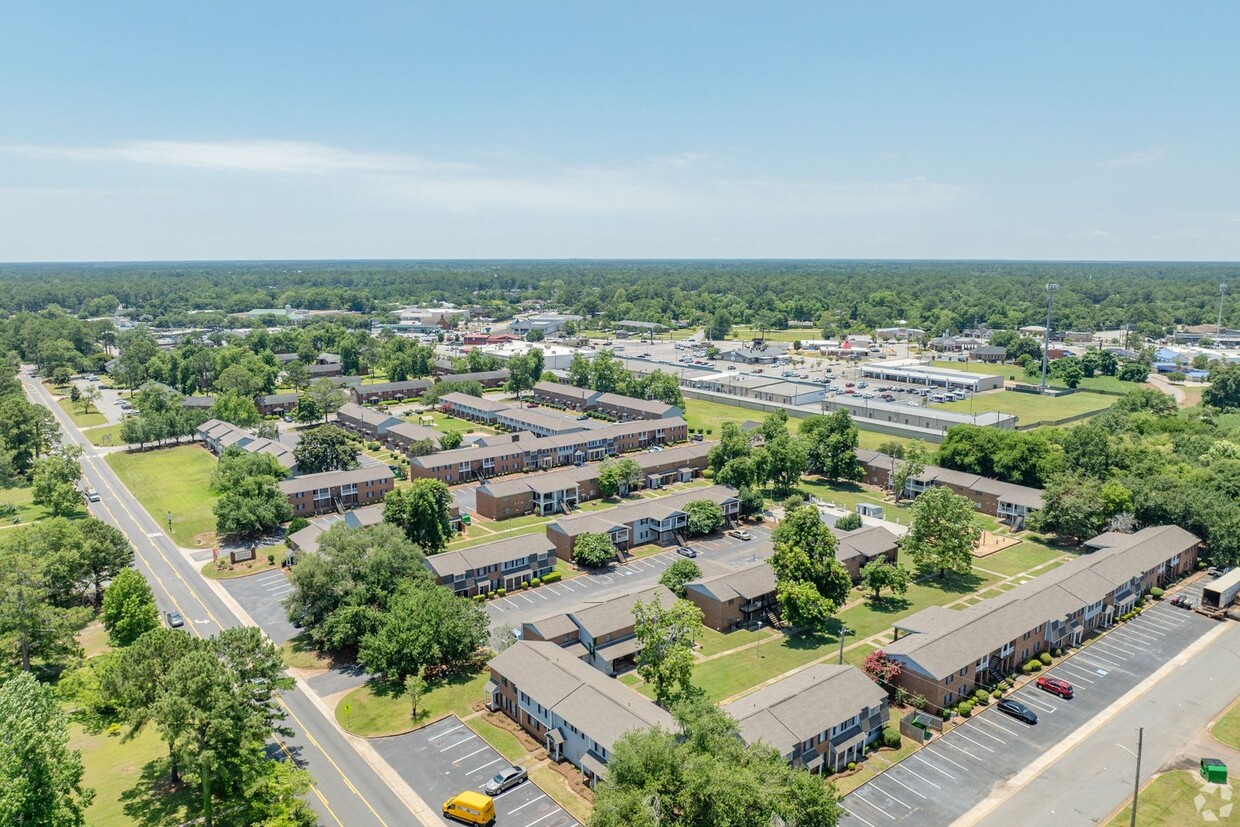How To Make Low-Income Housing Work As A Real Estate Investment
How To Make Low-Income Housing Work As A Real Estate Investment
When managed efficiently low-income housing can dramatically lower entry costs to real estate investing with potentially incredible returns! Low-income housing has a bad rap in the world of real estate investing. Some issues are overblown, some though, aren’t talked about enough. I don’t want to sugarcoat things. If you don’t do it right, things can end up going very poorly, but I’ve tried it and I figured out how to make it all work.
A quick backstory about me. As a 20 year business veteran and a 16 year veteran in real estate and investing. I’ve always been seen as a forward thinking business contrarian business person. SIMM Capital is one of the fastest growing privately held real estate investment companies with a focus on Multi-family and Affordable Housing in the country. We are constantly looking for advantages in an overcrowded market, I’ve positioned SIMM Capital and it’s parent company, SIMMONS in a way that will ensure future growth and success by building generational wealth for our investors.
Having built multiple successful companies over the last 20 years, I firmly believe that we’re going to experience one of the largest opportunities in real estate in the coming 12-24 months and we are poised to take advantage of that for our investors and ourselves.
Big goals, big ambition and giving back is how we operate daily.
The Good:
The biggest pro to investing in low-income rentals is that the cost of entry is pretty low. Starting out in real estate can be terrifying. You’re dealing with huge numbers and taking on a lot of debt without knowing all the hiccups that could arise.
Investing in lower-cost homes doesn’t feel like such a huge pill to swallow. These houses cost $30,000 – $50,000 which may actually be less than the down payment of other homes you are looking at. Essentially, you can buy an investment property and not even take on any debt. That certainly adds some peace of mind to your investment.
What will keep you investing in these low-income rentals is the really high cap rates. (The cap rate is the ratio of annual rental income to the price of the home. Which is different from the cape rate – the percentage of your tenants who have superhero night jobs) and I do mean the cap rates are REALLY high. If your $40,000 house brings in $750 per month, that’s $9,000 per year of rental income or 22% of the price of the house. So the cap rate is 22% for a low-income house compared to 6% for a typical suburban home. In other words, you are bringing in almost one-quarter of the cost of the house every year in rent. It’s so much money that you would think it becomes impossible for this investment to not turn out amazingly.
The Bad:
So what are the cons? Well, since your total income is already pretty low (even though the percentage output is high), any expense can really eat into your profit. This is true for any house, but your expenses don’t get cheaper when you have a cheaper house.
A broken dishwasher in a $400,000 house costs just as much to replace as in the $40,000 house. The difference is the latter might equate to a whole month’s rent.
Once you get into the groove of being a real-estate investor, you’ll make most of your repairs during vacancy periods. This leads us to the other big con of low-income rental housing. The turnover rate is higher. More turn-over leads to more repairs which eats more of your profit. The problem is at its most painful when you have a property manager. Not only do they outsource the repairs to pricey contractors, and keep your house vacant whilst the repairs are being done, they charge a finder’s fee to get a new tenant.
Understandably, if the tenant’s income is low or unstable, a slight increase in rent (for inflation) means that they are gone. However, once you add up all the fees replacing them could easily burn through six-months worth of profit.
To put this in real terms: If you had a $41,000 house with $720 / month in rental income. Over 4 years the tenant moved out on average every 16 months. The property would be vacant for about 3 months while Section 8 would approve the new tenant. You would incur at least $420 of repairs to repaint and fix what needed repairing, plus the property manager would take 1-month of rent as a finders fee.
All that totals up to a loss of $3,300 which takes a long time to make back when your gross rent is only $720 a month. Of course, nicer areas with lower turnover exist (AKA more expensive housing) or more stable tenants could exist but these are the problems you face with low-income housing which we are trying to fix.
The Fix:
Frequently paying a finders fee, then also paying for a contractor to repaint and repair every turnover will destroy your incredible returns, leaving them below average if you aren’t careful. So, what’s the fix? Be your own manager.
Sure, paying for a new dishwasher isn’t free when you install it yourself but the equation works out a lot better. Cutting out the middle-man can turn these low-income houses from a sad investment into a savvy one. Sure, owning 10 houses like this will be more work than owning 10 houses with enough income to justify outsourcing everything, but everyone has to start somewhere.
Long term, I do recommend people promote themselves from low-income housing once they hit at most 10 low-income houses. This will allow you to scale up your portfolio’s total value and income without incurring too much leg work.
How to Do It:
Most would never have considered self-managing a whole portfolio of low-income houses until automated DIY friendly land lording apps came along such as Landlord Studio. It seems to be the best app in the market and it takes the chore of owning 10-20 self-managed units from a full-time job to a somewhat pleasant side-hustle.
What makes it so great? The most repetitive tasks are automated (like late rent reminders and accounting) and the rest can be done through the intuitive app. That means, when waiting for your kids’ soccer practice to end, you’re not wasting time, you’re land lording.
Is there still work in managing low-income housing? Of course, but with DIY management you can have more of the good, less of the bad, which makes DIY land lording VERY worthwhile.
Real Estate – The safest investment in the world. Why venture down this road alone. Rely on those that know the business, We live it and breath it – at SIMM Capital our investment strategy is to give everyone the chance to build wealth through real estate. We seek the best assets that hold the largest opportunities to improve on management and value, while delivering in rent growth year over year that will result in high quality returns. We know the business. To see how we can help you click the link – www.simminc.com
.





Recent comments